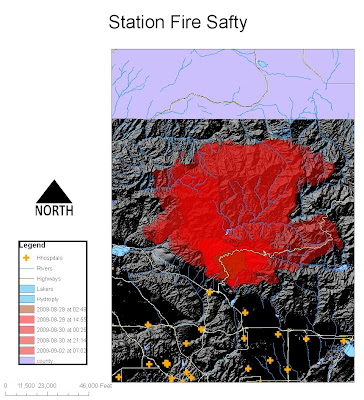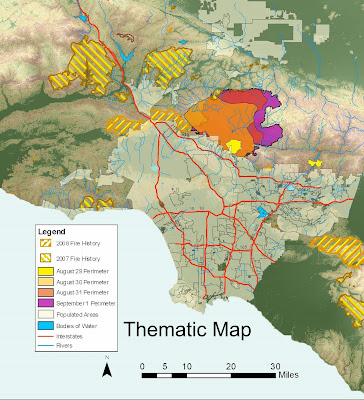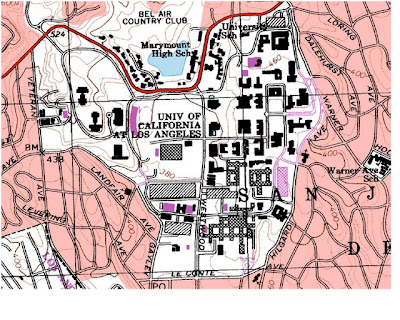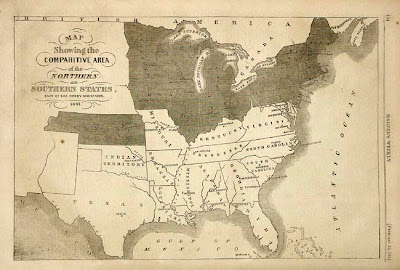There are approximately 37 million Blacks in the U.S., the second largest minority in the country. African-Americans have have strong concentrations in the South; from Virginia down through the Gulf Coast to eastern Texas. In these areas there are high degrees of poverty, undereducation, and high crime rates. Almost all of the African-Americans are descendants of the Columbian Exchange.

The “Some Other Race” category aggregates all people whose responses did not fall into the categories of “”White”, “Black or African American”, “American Indian and Alaska Native”, “Asian” and “Native Hawaiian and Other Pacific Islander” [1].

There are large, burgeoning populations of Asian-Americans in San Francisco, Seattle, and New York. This began during the the 19th century when many Asians began to settle there before the iimplementation of a quota system in 1924. The use of a quota system for immigration was removed in 1965, since then Asians have migrated to large metropolitan cities and suburbs. Within these cites Asians tend to create their own communities leading to sprouting Japantowns, Koreatowns, and Chinatowns. You can see that a heavy settlement on the West Coast is a direct result of geography: many Chinese and Japanese immigrants came by boat in the 1900s across the Pacific Ocean to the other side of the Pacific Rim. Asian Americans have the lowest poverty rate, the highest educational attainment levels, and median personal income of any racial demographic in the country.

Works Cited
[1] “Census Quick Facts,” US Census Bureau
[2] “Some Other Race,” US Census Bureau











